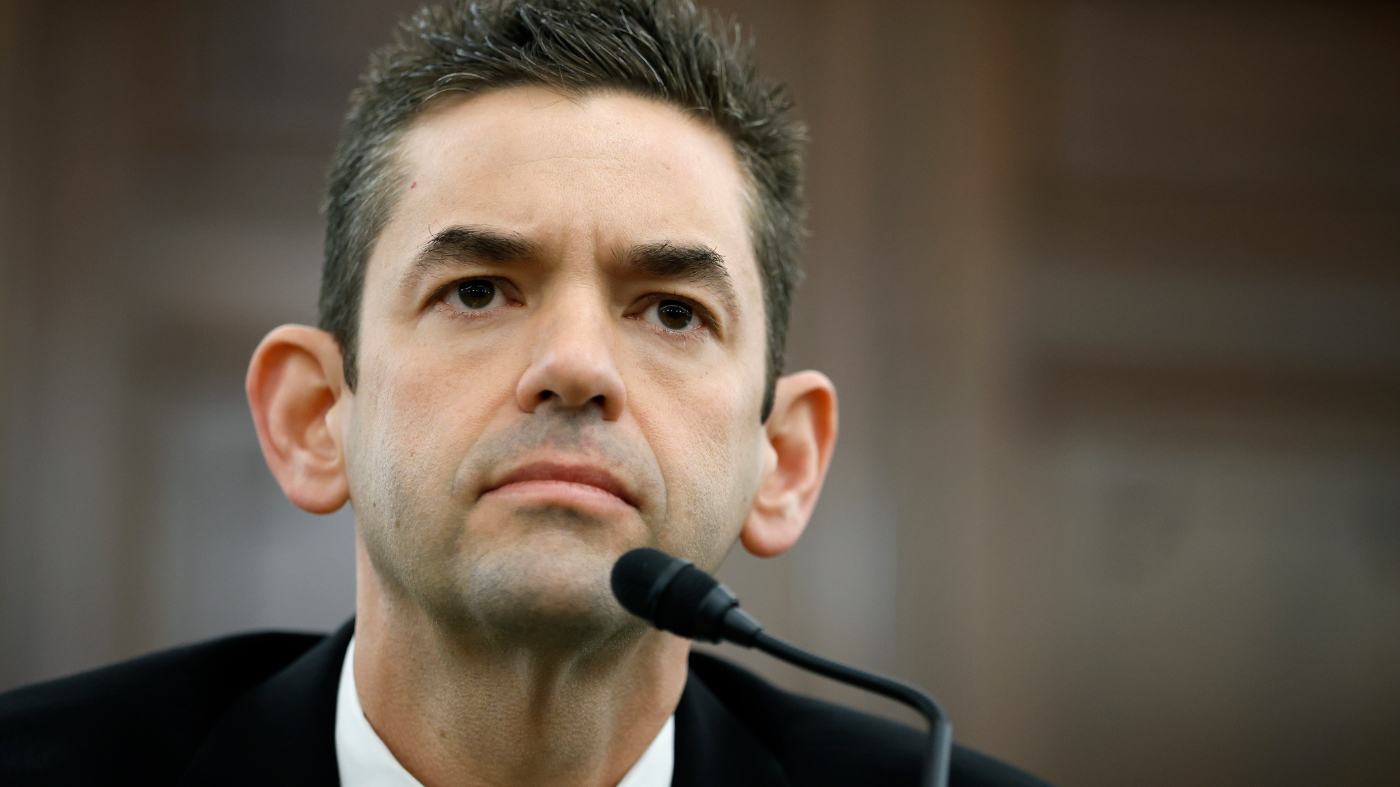The US’ fifth-generation stealth aircraft has been dogged by a whole array of technical troubles since its maiden flight in 2006.
The US-made F-35A fighter jet has been “operationally” certified to carry B61-12 thermonuclear free-fall bombs, a spokesman for the warplane’s Joint Program Office (JPO) told the Breaking Defense news outlet.
“The F-35A is the first 5th generation nuclear-capable aircraft ever, and the first new platform (fighter or bomber) to achieve this status since the early 1990s,” Russ Goemaere said.
The development provides the whole NATO bloc with a “critical capability” and supports the US’ “extended deterrence commitments,” the spokesman claimed.
The certification, however, does not extend to the aircraft’s sister variants, the short takeoff and vertical landing F-35B and the carrier-launched F-35C, respectively.
The F-35 is used by NATO member states, as well as Israel, Japan, South Korea, and Australia, with other countries also signing deals to buy the jets.
However, from the start of the F-35 program 18 years ago, it has been plagued by a variety of major setbacks, resulting in costly fixes. The F-35 is notoriously known for being not only costly but also bug- and crash-prone.
The latest problem was reported earlier this year when the new $14 billion software upgrade for the jets turned out to be “immature and deficient,” leading to “critical warfighting deficiencies” for the aircraft, rather than improvements.
This came after a 2023 September report by the US Government Accountability Office (GAO) revealed that almost half of the F-35 Joint Strike Fighters that are supposed to be operational are not capable of flying, and it will cost a whopping $1.3 trillion to keep them operational.
The F-35 fighter jet remains the most expensive weapon in history, with a per-unit price between $78 and $95 million.




